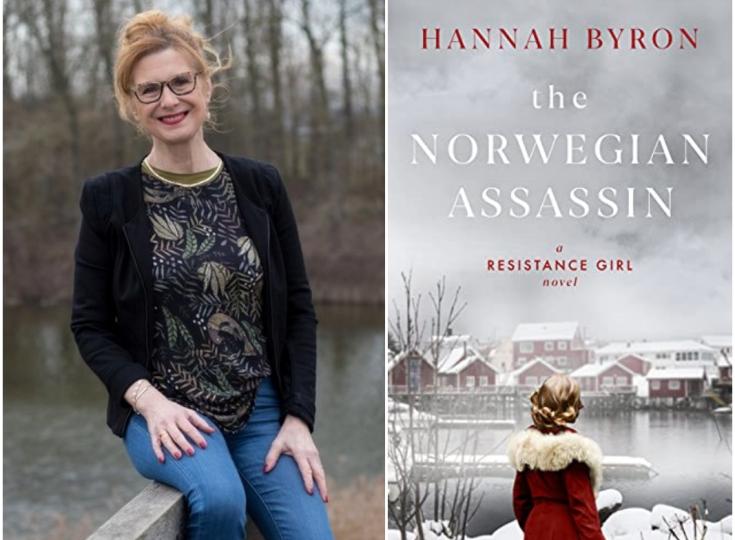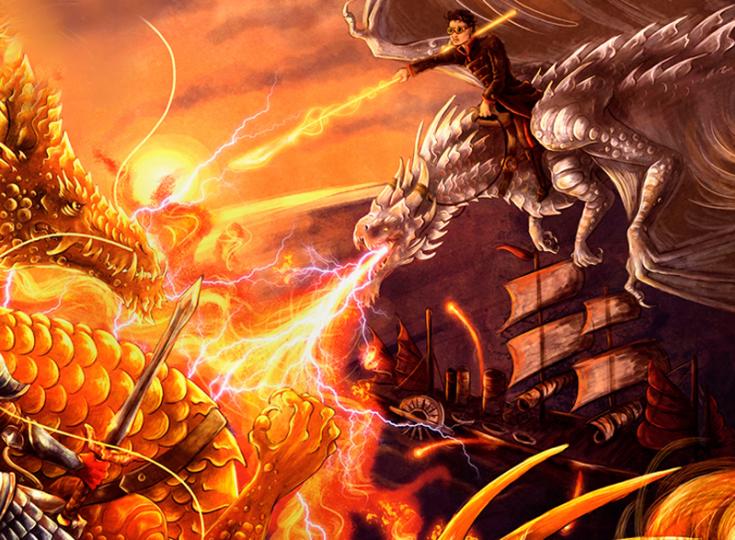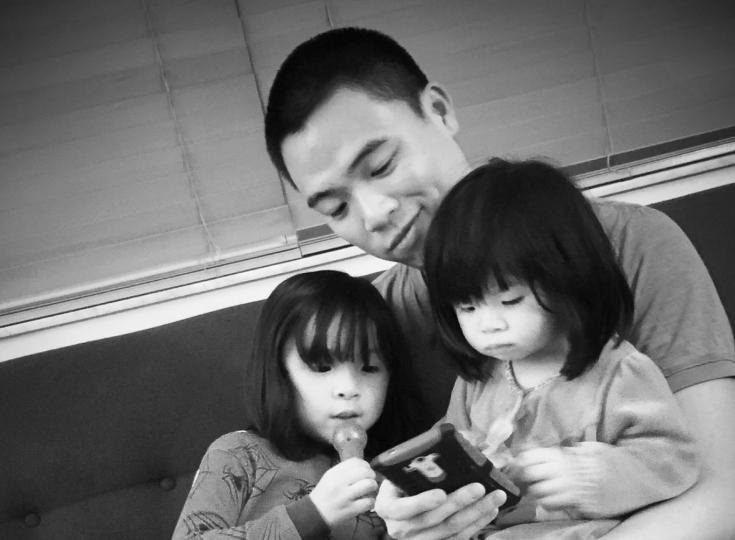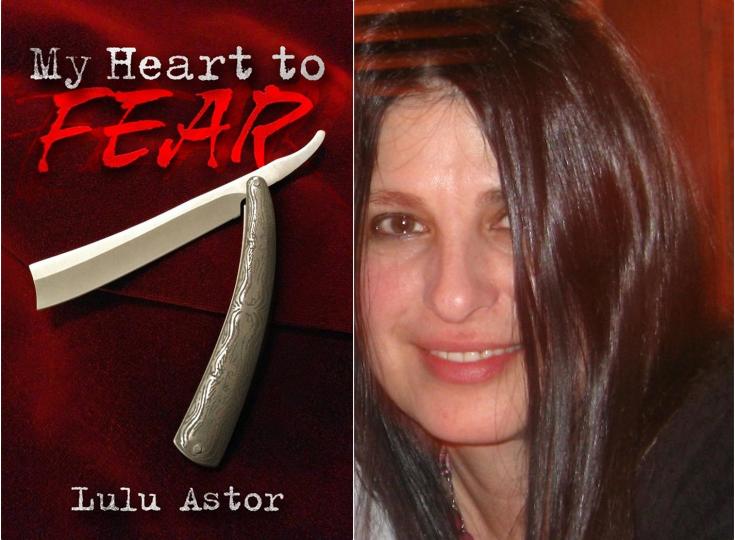Hannah Byron - An Eye-Opening, Multi-layered Story

“Ever since I could hold a pen, I’ve written stories and poems, and I’ll write till my dying day.”
Hannah Byron is the pen name of Hannah Ferguson. Born in Paris (France) in 1956, Hannah is of British/Irish/Dutch descent. She lives in The Netherlands. As our Author of the Day, she tells us all about her book, The Norwegian Assassin.
Please give us a short introduction to what The Norwegian Assassin is about.
The Norwegian Assassin is the story of Esther Weiss, a young, well-to-do Jewish girl born into a Viennese goldsmith family and engaged to jeweler Carl Bernstein.
The Weiss family flees their home country in 1938 after Hitler annexes Austria and makes it impossible for Jews to continue with their businesses and lives. The family goes to relatives in Oslo, Norway, where they think they will be safe and can sit out the war.
What inspired you to write this story? Was there something in particular that made you want to tackle this?
The Norwegian Assassin is the 4th book in my series on (fictive) resistance women during WW2. The related stand-alones will comprise 7 books, maybe more.
Though the women are all from upper-class families and meet each other at a posh finishing school in Switzerland before the war, they come from different backgrounds, different countries, and have different personalities.
With Esther, I had a strong longing to portray a young woman looking forward to the simple life of a wife and mother, being an integral part of her cultured and rich Jewish community. But the war destroys it all. Esther undergoes a complete personality shift when her family is deported, and she loses everything and everyone. As a result, she becomes an emotionally detached killer in the Norwegian resistance.
The horrors of war make us show our true colors. We're witnessing something similar today in the Ukrainian war; the unexpected bravery and resilience of people who - fighting for a righteous course - decide to become soldiers when in their heart of hearts, they only want peace and abhor war.
Tell us more about Esther. What makes her so special?
Though Esther first comes across as sweet and compliant, from the get-go there is a certain recalcitrant strength in her, a strength she tries to suppress - like her longing for physical exercise (skiing) - to please her strong-minded mother and grandmother. Esther is a people pleaser, but every time she is challenged, it triggers an early memory that makes it hard for her to breathe. In the first part of the book, she attempts to keep her own strength firmly under lock and barrel.
When her family loses everything and feels miserable in Oslo, it is Esther who takes up the role of keeping them together and spurring them on. Her strength slowly emerges and finds full force when everything she loves is taken from her. Now she is fearless, strong, and determined to drive the Nazis out of Norway and trace her family. The only way she can do that is by becoming a commando and taking part in some of the most daring raids in Norway during WW2.
However, Esther never completely loses her soft side and her ability to love loyally and fiercely.
Why did you pick Norway as the backdrop for your story?
According to me, more people should know what happened in Norway during WW2 years. Little is known worldwide about the bravery and resilience of the Norwegians against the German aggression. It was a gruesome period for that Nordic country, but its resistance has been pivotal in ending the war a lot faster than if they hadn't stood up - not just against the Germans but also against their own fascist puppet regime headed by Vidkun Quisling. I wanted to tell that story.
The WW2 focus is often on Great-Britain, North-Africa, France, Italy, and the US, but the Norwegian resistance was one of the fiercest and best organized movements of the war. Their freedom fight inspired me to write The Norwegian Assassin. I also offer a free booklet which contains a series of blogs on my research into Norway's occupation and resistance.
How much research did this book require from you to make the history part of it ring true? What was the most interesting aspect of this research?
Tons and tons. I always say that I put 5 times as much time into research for a book than it actually takes me to write the story. For The Norwegian Assassin, it was even more because I was hampered by not finding much documentation in English. Thank God for Google translate that helped me with the Norwegian manuscripts. Good thing is that I LOVE the research part. Research is one of the reasons I'm digging my heels into this period. I learn so much myself.
The most interesting part was researching the Heavy Water Sabotage in Telemark. The Germans were on the brink of developing an atomic bomb and for that, heavy water was essential. There's a great YouTube series by Rae Marsh, explaining and reenacting that sabotage. I've included the Heavy Water sabotage in the book and let Esther take part in it.
Readers say your characters feel very relatable. How did you pull this off?
I have a reporter-like writing style, maybe based on my earlier years as a journalist. I walk around in the places where my characters are and note down everything I see, feel, hear, taste and smell. I'm on their skin, but I'm not them. I don't identify with my characters; I observe them closely. It's the only way I CAN write. I hope that's enough of an answer?
Which character was the most challenging to create?
For sure, Tore. I felt so sad for him. He was so much in love with Esther, but she remained totally out of reach for him. Also, writing the book from Esther's point of view, I was forced to keep his inner world away from the reader. That was hard because I wanted to convey what he felt because I had so much admiration for his patience and reserve.
Besides writing, what other secret skills do you have?
None. Lol. Well, perhaps, maybe, I am a reasonable sparring partner for my grown-up sons. They still seek my opinion at times, so I feel very blessed in that respect.
Interesting cover. Please tell us more about how it came to be.
My covers for The Resistance Girl Series are made by the Canadian book cover designer EbookLaunch. For the first two covers we had a bit of a struggle to find a common ground because the company doesn't really specialize in Historical Fiction. And, of course, I also didn't know what I wanted as a new author. Now it's easy-peasy. They know what I want, and they deliver it exactly as I want.
In covers, I look for durability so they can last some years. And yes, many people, also those who don't read Historical Fiction, tell me they love my covers.
Readers say this story is harrowing but uplifting. Why did you take this approach?
Writing about war is writing about a harrowing period. War is never pretty. Alas, we see how true that is today in Ukraine. Yet, I try to stay away from being too gruesome, as I don't think my readers want that. And neither do I. We want the truth, but we also want hope and love and peace. So, I dip into the hard parts at times, but I don't go deeply into torture or concentrations camps or bombings. My focus is on the (female) resistance fighters, their courage, their love, and their stamina. On a scale between horror writer and romance writer, I'm much more firmly in the romance spectrum.
What is your favorite line from the book and why?
It's a few short lines, in effect giving away an important part of the story, but hey!
Skeletal, almost bald, huge-eyed Rebecca. Tentative steps, looking back at the nurse who gently nudged her forward.
Esther sank to the floor on her knees, crying, "My God, my God, thank you, thank you".
And she understood what the doctor had meant about passion.
A fierce, animal love roared like fire in her chest.
She had a reason to live.
To love.
To love again.
Do you have any interesting writing habits? What is an average writing day like for you?
Nope, as I stated before I'm terribly boring. I walk, I work out, I do my indie author business such as keeping up the socials, do my research and I write. Next day is on repeat.
What are you working on right now?
I'm currently working on the fifth book in the Resistance Girl Series, The Highland Raven, which will come out on 27 September and is now on pre-order. For this book, I'm deep-diving into the British secret agent organization SOE, which is a well-known part of the war with many books on the topic, so my research has to be 1000% for this book or I'll be ripped apart.
Where can our readers discover more of your work or interact with you?
Best place to find more about me is on my website: www.hannahbyron.com. From there, they can find me on the socials or join my newsletter. Please? My books are also in Kindle Unlimited so that can be an advantage for readers.





